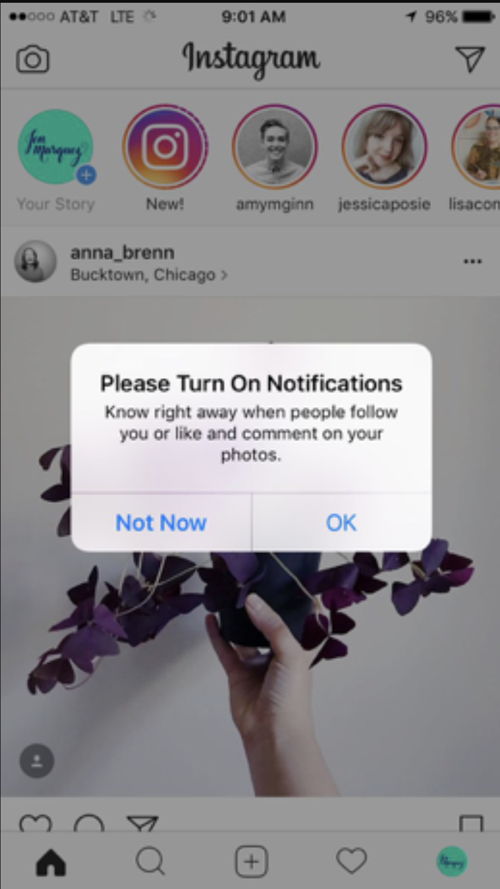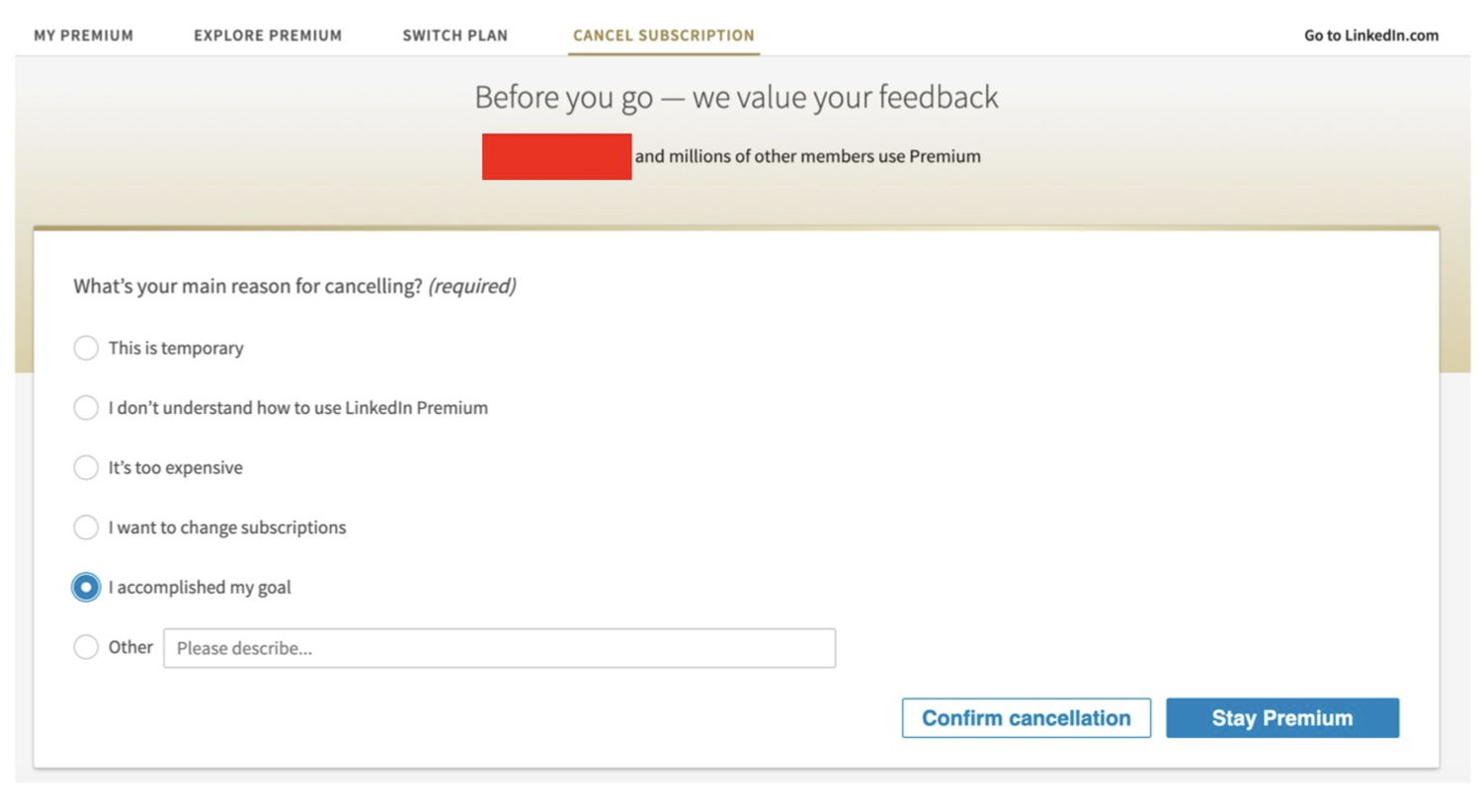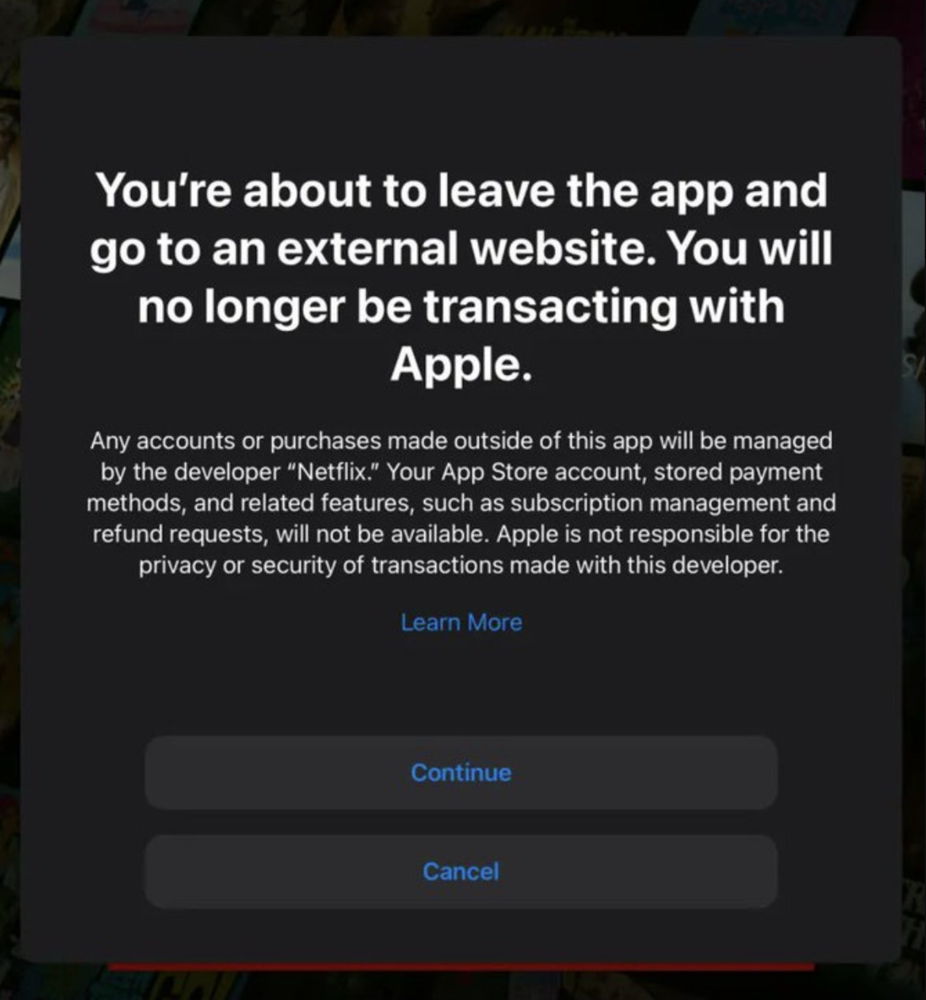It's 2024, and it's still hard to cancel your news subscription
It’s no shock to anyone that we’re in the age of subscriptions. Our entire world has been Netflixified, with every service wanting a piece of the action. The average person in 2020 had a baffling twelve subscriptions each, with this number only continuing to rise.
Gone are the days when you could just buy a video game, rent a movie, or purchase a piece of software. No, instead, you have to subscribe. Now, I hear you shouting at whatever screen you’re looking at, “Aren’t you the co-founder of a software that bills its customers monthly?!”
And, to be fully transparent, yes. However, you can criticise a system while still being entrenched in it (at least, that’s what I tell myself so I can sleep at night). But you know what we don’t do at Prezly? Make it really freaking annoying to cancel our service.
People are dumping their news subscriptions – here’s why
I’ve written previously about how newsrooms worldwide are closing down left and right. This is partly because ad revenue is not lucrative enough to sustain operational costs despite having egregiously obnoxious ad placements.
I mean, just look at this shit (and this is Forbes):

But the other part? People are rapidly cancelling their subscriptions, which media corporations desperately rely on to supplement ad revenue and create a consistent income stream. For example, just in the United States alone, digital and print media subscriptions have dramatically decreased in the past two decades, according to the Pew Research Center. Daily newspaper subscriptions that were once in the lofty 60 millions are now at an abysmal 20.9 million.
Just some of the reasons people cancel their services include:
- Increasing costs – Subscriptions for newspapers and magazines have skyrocketed, like the 19% price increase in UK digital news subscriptions since last year. With the economic downturn, the average person has significantly less spending power to invest in unnecessary purchases like paid media, especially when they can get a lot of the same information faster and for free through social media (though you could argue you do pay for this with your attention and soul).
- Declining quality – With newsrooms cutting budgets, there are fewer journalists, and the remaining ones are often expected to do more work for less money. Readers now have significantly decreased access to high-quality local news and deep investigative research stories, while publishers simply cannot afford to fund good journalism.
- Churnalism – Many news stories just regurgitate other people’s news stories rather than carry out original research and investigation, largely thanks to the aforementioned budget cuts and the speed at which information moves these days. Media has become far more reactive than proactive in telling stories, both locally and globally.
- Too much pop culture – Digital news outlets don't have the resources or bandwidth to post things that don't have wide-reaching relevance or interest. This often means that they appeal to the lowest common denominator in the form of celebrity culture. Many news readers simply don't care to pay for petty pop-culture drama.
- Media bias – Too many news outlets have become aggressively beholden to their stakeholder and investor interests. This bias seeps out in subtle and not-so-subtle ways, including what stories get told and the general slant of how information is imparted to readers. If you don't happen to politically or socially align with that framing, it can be alienating, if not downright infuriating.
And on and on. There are a million reasons why people are leaving their news subscription services. These cancellations are made even more interesting by the fact that news outlets are making it horrendously difficult to cancel.
Sometimes, cancelling isn’t so easy
A 2021 media survey found that only 41% of American news outlets allowed their subscribers to cancel online. The other 59% required jumping through hoops, often requiring subscribers to engage in some form of in-person contact. This typically entails a phone call or chat conversation where an aggressive salesperson does everything in their power to make sure you don't cancel. They lob discounts, shame tactics, or other “customer retention” psychological hacks to keep people locked in and paying.

A Redditor complains about this practice:
Decided to cancel my New York Times subscription today and to do so you have to open a chat with a representative. Had to wait in a queue for several minutes to get one, then had to explain why I wanted to cancel my subscription and repeat that I wanted to cancel my subscription. At the end of all this, my subscription wasn’t even canceled, my “request is pending,” so I have to follow up again. Seems uncool that a company can make it this difficult for you to stop giving them money every month.
So, after going through all the work of contacting somebody and explaining the situation, news services are deliberately making the process of cancelling slow, inconvenient, and annoying.
Why “dark patterns” are awful for media services
To be fair, difficult cancellations are not a problem unique to news subscription services. Plenty of other services, such as gyms and ISPs, make it difficult, too. It's such an issue that governments are starting to get involved, such as the recent recommendation by the United States Federal Trade Commission to create mandatory “click to cancel” regulations and the European Union’s provisional Digital Services Act.
Until governing bodies get more proactive about solving this problem, it's down to the consumers to navigate these infuriating cancellation systems. In the meantime, corporations, including news organisations, are making millions of dollars per year, banking (literally) on you getting so annoyed that you just give up trying to cancel.
And please don't be mistaken – none of this is accidental. The inability to cancel subscriptions actually has a term: dark patterns or “deceptive design patterns”.
dark pattern (also known as a "deceptive design pattern") is "a user interface that has been carefully crafted to trick users into doing things, such as buying overpriced insurance with their purchase or signing up for recurring bills".[1][2][3] User experience designer Harry Brignull coined the neologism on 28 July 2010 with the registration of darkpatterns.org, a "pattern library with the specific goal of naming and shaming deceptive user interfaces
Wikipedia - Dark Patterns
And in the case of media services that means intentionally confusing user account settings, and, impossible-to-cancel subscription services.
Needless to say, consumers absolutely hate being tricked out of their money by sketchy business practices. It’s become such a loathed phenomenon that websites have even begun tracking atrocious examples of this specific type of user manipulation.
While you might expect dark patterns from dodgy mobile apps or other seedy services, it feels like a bit of a slap in the face when the world’s most prominent newspapers play these stupid cancellation games.
Dark patterns erode trust in the industry, and it has to stop
Throughout much of its history, journalism has been a respected institution. At a time when trust in journalism is at an all-time low, the last thing media outlets should be doing is trapping people in their subscriptions.
Media corporations using dark patterns are tacky. They’re manipulative. And while we can hope that some legislation will make this a thing of the past, it’s worth remembering the outlets that never stooped to this behavior even when it was all the rage – and those that did.


